Showing 1–6 of 7 results
-

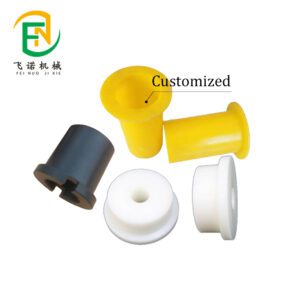
Flanged Nylon Sleeve Bushing Kit
Read more -

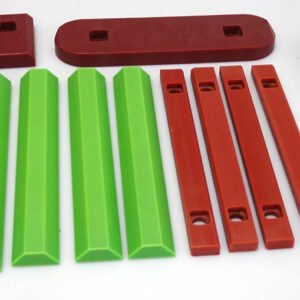
Jcb Wear Pad
Read more -

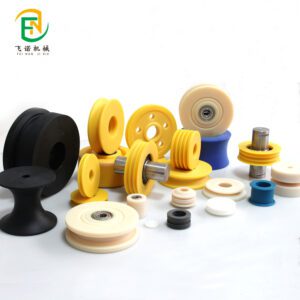
Plastic Belt Pulley Wheels With Bearings
Read more -

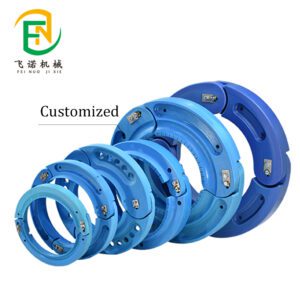
Runflat Tyre Inserts For Sale
Read more -

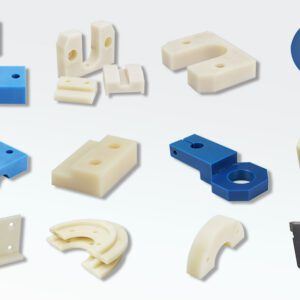
Slide Pad Wear-Resistant Pad
Read more -

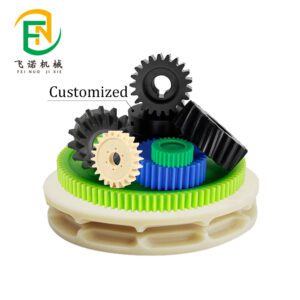
Small Plastic Gear Rack Production Manufacturer
Read more
- 1
- 2
Contact Us
High Quality Plastic Cnc Maching Parts
We have specialised in the manufacture of high quality CNC machined components made of plastic for virtually industry. We provide you with virtually unlimited processing possibilities and a leading manufacturer with one-of-a-kind installations and machinery. We have modern, high-performance CNC machining centres. Our high-precision CNC systems are equipped with dry and wet processing as well as internally cooled tools.
CNC plastic machining
Plastic CNC machining is a viable subtractive process for creating complicated plastic components. Sophisticated 3-, 4- and 5-axis CNC machines can produce high-quality end parts with complex geometries. CNC machining plastic presents a viable alternative to 3D printing or injection molding for tighter tolerances and a different array of polymer materials. For low volume manufacturing, CNC machining with plastic is more cost-effective than injection molding.
High Quality Plastic Cnc Maching Parts FAQ
What is machining plastic?
Plastic machining is a manufacturing process that involves cutting unwanted geometry from a raw block of plastic, bit by bit with a computer numerically controlled (CNC) milling tool, very precisely and allows complex parts to be produced with great accuracy.
What is your typical lead time for CNC machining orders?
FeiNuo provides a variety of lead times to match your budget while maintaining your project timeline. We can supply CNC parts as quickly as two days.
What tolerances can your CNC machines achieve?
Our machines are capable of tolerances as tight as +/- 0.0001 inches.
Can you accommodate rush orders or expedited delivery?
Speed is standard at FeiNuo. We offer a variety of costs and lead times to match your requirements. However, if you require faster delivery for a specific quote, please reach out to your sales representative to see if we can accommodate your request.
Are you able to work with complex geometries or 2D drawings?
FeiNuo not only supports complex geometries, but we pride ourselves on being able to produce and deliver complex parts. Our platform enables 2D drawing uploads and generates 2D drawings. Our quoting engine then analyzes the drawings for configuration details and special callouts.
What certifications or industry standards do you adhere to in your CNC machining processes?
Fictiv is ISO 9001 certified, ISO 13485 compliant, and has NADCAP and NABL approved manufacturing partners.
How do you machine plastic material?
Choose the appropriate plastic material based on the specific requirements of your project. Consider factors such as the type of plastic, its properties (e.g., hardness, temperature resistance), and the final application. Select the right cutting tools and tool materials suitable for the chosen plastic material. Carbide or high-speed steel (HSS) tools are commonly used for machining plastics. The choice of tools may depend on factors such as the plastic’s hardness, your desired surface finish, and the machining process.
Secure the plastic workpiece in place. Depending on the size and shape of the material, you can use various workholding methods, such as clamps, vises, fixtures, or vacuum chucks, to ensure stability during machining. Adjust the cutting speed and feed rate based on the plastic material you’re machining. Plastic materials have lower melting points than metals, so it’s essential to use lower cutting speeds to prevent excessive heat buildup and melting. Refer to manufacturer recommendations and machining handbooks for specific settings.
Unlike metals, plastic machining often requires minimal or no coolant. Excessive coolant can sometimes cause the plastic to melt or become gummy. However, effective chip control is crucial to prevent chips from interfering with the machining process. Execute the machining process, which may involve operations such as milling, turning, drilling, or routing, depending on your project’s needs.
Periodically check the workpiece for dimensional accuracy and surface finish. Make any necessary adjustments during the machining process to ensure the final part meets your specifications. After machining, remove any burrs, sharp edges, or unwanted material. Deburring can be done using hand tools or deburring machines. If a specific surface finish is required, use appropriate techniques such as polishing, sanding, or flame polishing to achieve the desired texture and appearance.
